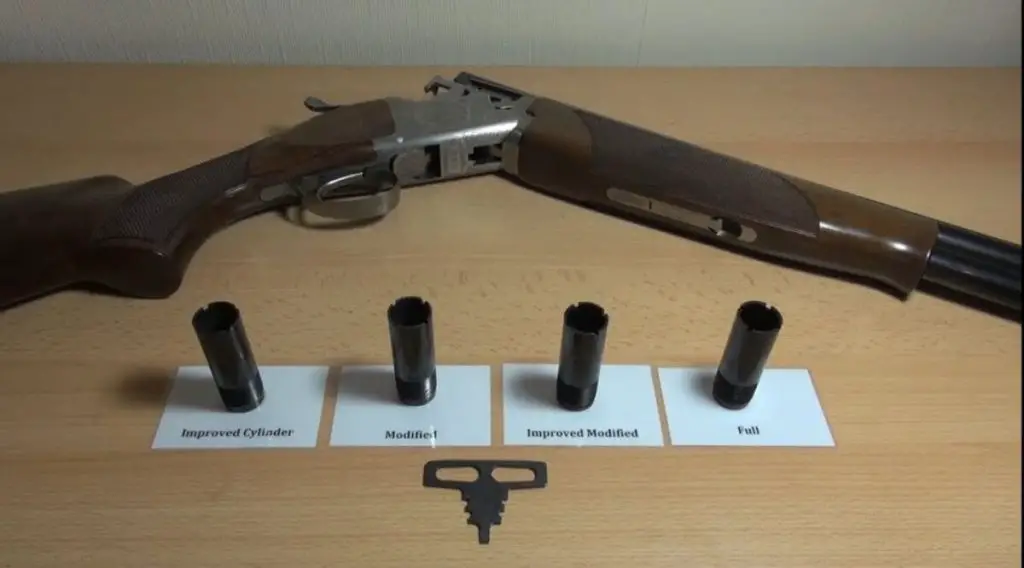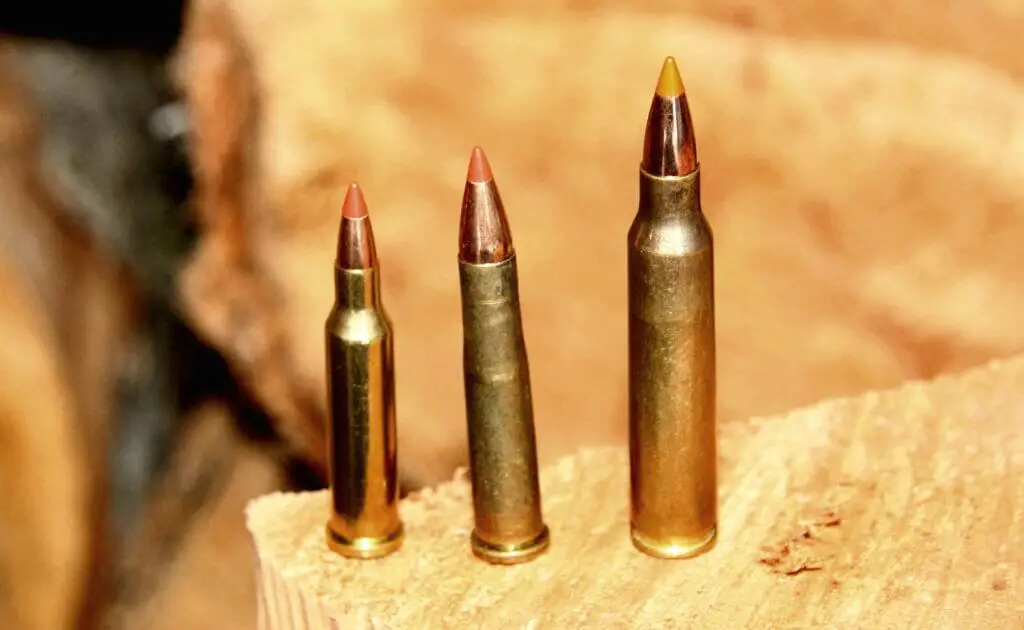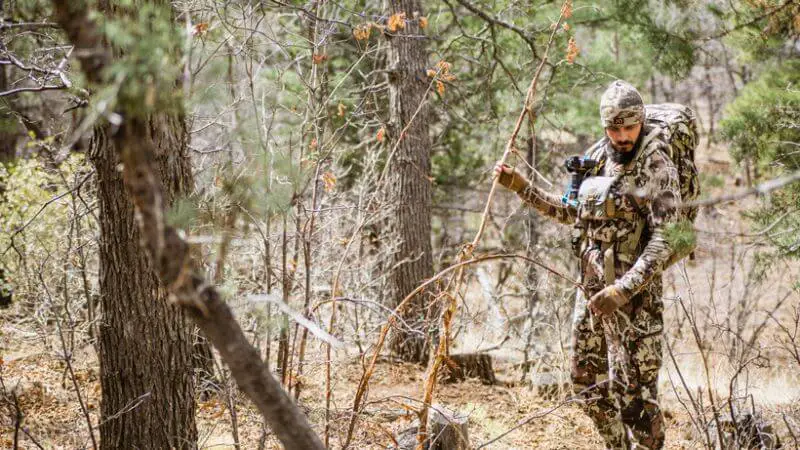When it comes to choosing the right cartridge for your rifle, the options can be overwhelming. Among the most popular cartridges are the .45-70 Government and the .308 Winchester. Both offer unique qualities and performance characteristics that make them incredibly popular among hunters and recreational shooters. In this blog post, we’ll take an in-depth look at the .45-70 vs .308 debate, comparing their history, ballistic performance, usability, and versatility. By the end, you’ll have all the information you need to decide which cartridge is the right choice for you.
History and Origins
.45-70 Government
The .45-70 Government cartridge was developed in the early 1870s for the United States Army as they sought a more powerful and efficient replacement for the older .50-70 Government round. The .45-70 quickly gained widespread adoption among military and civilian users, becoming the standard-issue caliber for various military rifles, including the Springfield Model 1873. Featuring a .45 caliber bullet and 70 grains of black powder, the round provided exceptional stopping power and accuracy in its time.
.308 Winchester
The .308 Winchester was introduced in 1952 as the commercial counterpart to the 7.62x51mm NATO round. Designed for hunting and sport shooting, the .308 quickly gained popularity due to its accuracy, efficiency, and reliability. Today, it is a commonly used cartridge among hunters, competitive shooters, and law enforcement agencies worldwide.
Ballistic Performance
Projectile Weight and Velocity
The .45-70 and .308 differ significantly in terms of projectile weight and velocity. The .45-70 traditionally uses heavy bullets, often weighing between 300 and 500 grains, traveling at a relatively slow velocity of around 1,800 to 2,200 feet per second (fps). In contrast, the .308 offers lighter bullet weights of 150 to 185 grains and a higher velocity, typically ranging from 2,600 to 3,000 fps.
Energy and Trajectory
The heavier bullets and slower velocity of the .45-70 give it an impressive amount of energy at close range, making it an ideal choice for hunting large game at distances of 150 yards or less. However, the round’s slower velocity and greater bullet drop make it less suited for long-range shooting. With proper bullet choice and loads, the .308 is capable of retaining adequate energy for hunting medium to large game at extended distances, up to and even exceeding 500 yards.
Accuracy and Precision
When it comes to accuracy and precision, the .308 generally outperforms the .45-70. The .308’s flatter trajectory and faster velocity make it easier to predict ballistics and adjust for environmental factors like wind drift. However, .45-70 rifles can still achieve excellent accuracy within their effective range, with modern ammunition and a skilled shooter.
Usability and Versatility
Recoil
The .45-70 is known for its stout recoil, owing to the heavy bullets and large powder charge. While some shooters may find the recoil manageable, it may prove uncomfortable during long shooting sessions or for those with a smaller stature. The .308 produces less recoil, making it a more attractive option for those sensitive to recoil or looking for a round suited for a variety of users, from beginners to experienced shooters.
Rifles and Actions
Both the .45-70 and .308 are available in a wide range of rifles and action types, from lever-actions and single-shots to bolt-actions and semi-autos. The .45-70’s classic lever-action rifles, such as the iconic Marlin Model 1895, provide a nostalgic touch and a distinctive look. The .308, on the other hand, is commonly chambered in popular rifle models, such as the Remington Model 700 and the Ruger Precision Rifle, making it easier to find accessories and aftermarket parts.
Ammunition Availability and Selection
As a long-established cartridge, the .45-70 has a wide variety of ammunition available, including traditional lead bullets and modern solid copper projectiles. Many manufacturers offer specialized loads tailored to different hunting applications, such as hard-hitting rounds for large game or reduced-recoil offerings for shooters sensitive to the round’s kick.
While the .45-70 offers plenty of ammunition options, the .308 is even more abundant. With a broader range of available bullet weights and designs, the .308 provides more versatility in ammunition selection for various applications, from hunting to target shooting to self-defense. Additionally, the .308’s popularity ensures that ammunition is readily available and often less expensive than .45-70 cartridges.
Applications
Hunting
The .45-70 is a popular choice for hunters pursuing large game, such as elk, moose, and even the dangerous Cape buffalo. The cartridge’s substantial energy and heavy bullets enable it to penetrate deeply and provide a clean, ethical kill. It is particularly well-suited for hunting in densely wooded or brushy areas, where shots are often taken at shorter ranges.
The .308, on the other hand, is more versatile for hunting applications, as it is effective on a variety of game animals, from deer and antelope to larger species like elk and black bear. The .308’s flatter trajectory and longer effective range make it ideal for hunting in open terrain, where shots can be taken at extended distances.
Target Shooting and Competition
For target shooting and competition, the .308 enjoys widespread use due to its accuracy, availability, and moderate recoil. It is commonly found in precision rifle competitions, such as the PRS (Precision Rifle Series), and has an established reputation for being a reliable, accurate round in target shooting applications.
While less common in competitive shooting, the .45-70 can still provide a fun and challenging experience for target shooters. With proper load selection and bullet choice, .45-70 rifles can be tailored for accurate, consistent performance at shorter ranges.
Conclusion
Ultimately, the choice between the .45-70 and the .308 comes down to personal preference and intended use. If you seek a powerful, nostalgic cartridge for hunting large game at shorter distances or simply enjoy the aesthetics and operation of classic lever-actions, the .45-70 may be the perfect choice for you. On the other hand, if you value a versatile, accurate round for hunting and target shooting across a broad range of distances and conditions, the .308 is hard to beat. Regardless of your choice, both cartridges offer unique and compelling reasons to add them to your shooting repertoire.
Frequently Asked Questions
Is a 45-70 more powerful than a 308?
Yes, the .45-70 has more power than the .308, in terms of energy and bullet weight. The .45-70 cartridge typically uses heavier bullets and can deliver more energy to the target. However, the .308 has better ballistic performance and is more suitable for long-range shooting.
What is a 45-70 comparable to?
The .45-70 is often compared to other big-bore rifle calibers, such as the .444 Marlin or .450 Bushmaster. These cartridges are all powerful and often used for hunting big game, though the specific performance characteristics of each can vary considerably.
Is 45-70 overkill for deer?
While the .45-70 can be used effectively for deer hunting, its power and bullet size might be considered overkill for small to medium-size deer. It’s more suited to large or dangerous game, such as bear, moose, or bison. A smaller caliber, such as the .308, might be more appropriate for deer hunting.
Is 45-70 enough for Grizzly?
Yes, the .45-70 is powerful enough to take down a grizzly bear, provided the shooter has the skill and knowledge to place a well-aimed shot. Its heavy bullets and high energy make it suitable for hunting large and dangerous game.
Which has better recoil, .45-70 or .308?
Typically, the .45-70 has more recoil than the .308 due to its heavier bullets and higher energy. However, recoil can be subjective and may vary depending on the specific firearm and ammunition used. Some shooters might find the .45-70 more manageable than others.
What is the effective range of a .45-70 compared to a .308?
The effective range of a .45-70 cartridge is generally around 200 yards, due to its bullet weight and comparatively slower velocity. In contrast, the .308 has an effective range of 600 to 800 yards or even more, making it better suited for long-range shooting.
Can a .45-70 be used for self-defense?
While a .45-70 is powerful enough to stop a threat effectively, it’s generally not recommended for self-defense because of its size and recoil. Smaller calibers with lower recoil, such as a 9mm or .40 S&W, are more suited to self-defense situations.
How does the .45-70 perform as a brush gun vs the .308?
As a brush gun, the .45-70’s heavy bullets can better maintain their trajectory through brush and wooded areas compared to the .308. This makes the .45-70 a popular choice for hunters in dense forests or thick brush, where shots are usually taken at shorter ranges.
What is the accuracy of a .45-70 compared to a .308?
The .45-70 generally has less accuracy than the .308 due to its heavy bullets and slower velocities. The .308’s higher velocity and better ballistic performance make it more accurate, particularly at long range. However, the .45-70 can still be accurate enough for big game hunting at shorter ranges.
Which is more versatile, the .45-70 or the .308?
The .308 is generally a more versatile cartridge, as it can be used effectively for hunting various game species from small to large, as well as target shooting and long-range precision shooting. The .45-70, on the other hand, is predominantly used for hunting large or dangerous game at shorter ranges.
- How to Put a Scope on a Mosin Infantry in Tarkov: A Quick Guide - November 7, 2024
- How to Edit a Scope Box in Revit: A Step-by-Step Guide - November 6, 2024
- How to Put a Scope on Mosin Tarkov: Expert Tips for Gamers - November 6, 2024


